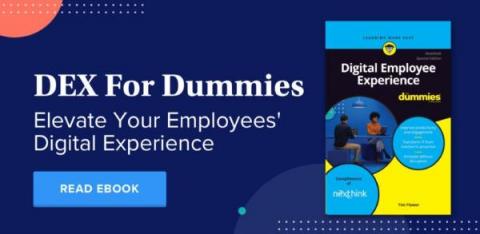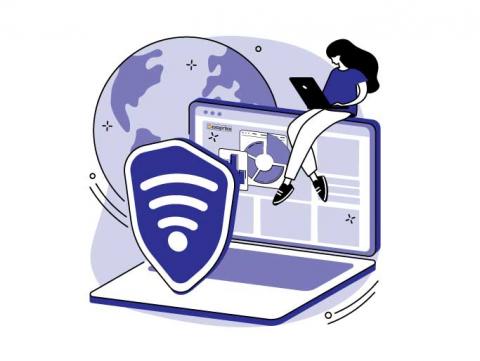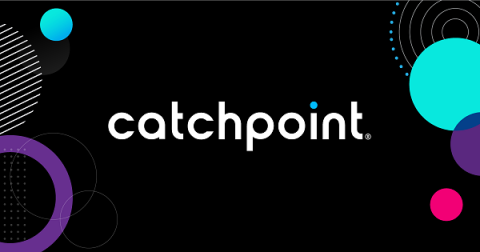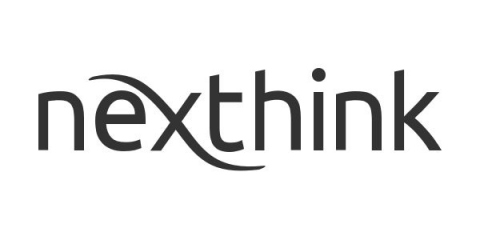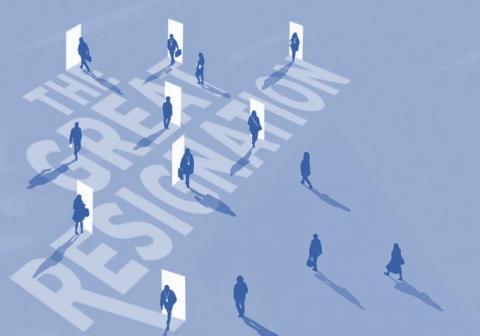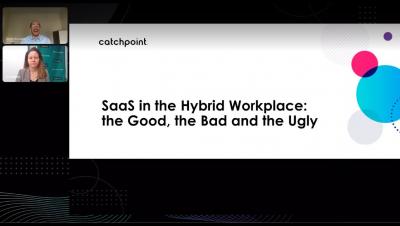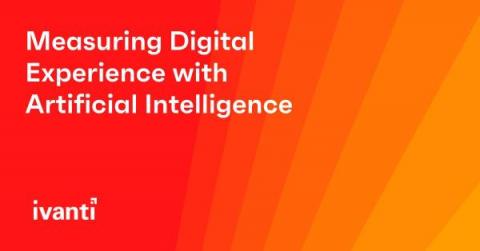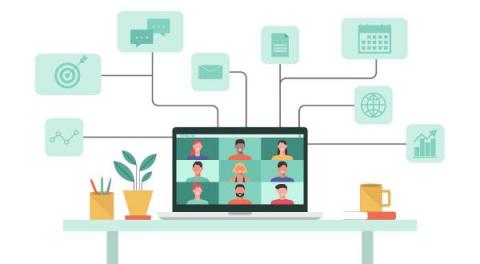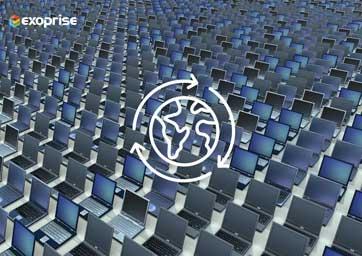Book Review: Digital Employee Experience for Dummies (A Wiley Brand)
Wiley’s Dummies series is best known for repackaging technical, nuanced material into practical and accessible lesson books. In partnership with Nexthink, the company’s latest addition, Digital Employee Experience, delivers on this same reputational goal. Most ‘for Dummies’ books are written either from a purely technical or from a higher level, management topic.


